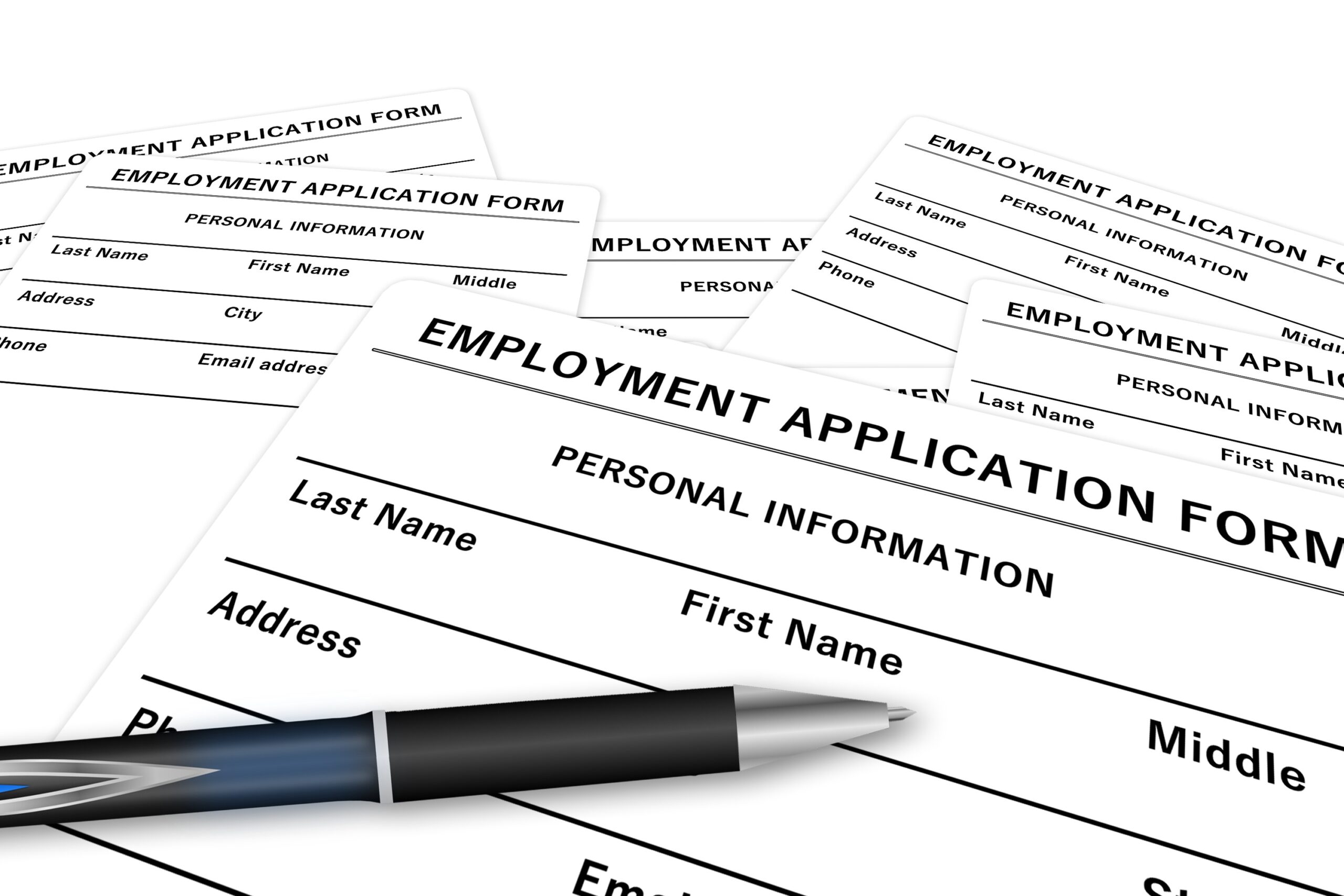Director general Alison Pritchard tells PublicTechnology that the organisation still has a key role to play in building services
Credit: Louise Haywood-Schiefer
NOTE: This interview took place several weeks before social distancing measures were put in place
The Government Digital Service is best known for the things it has built.
The exponential growth in the digitisation of public services in recent years – with hundreds of millions of interactions between citizens and government moving online – has been made possible by the technology platforms built by GDS.
The first, and biggest, such construction project was the creation of GOV.UK: a single online home for all of government. On top of these foundations the common components, tools, and platforms developed by GDS have enabled a huge and growing range of digital services to be developed across government.
Where the digital agency led the way, others have certainly followed.
I’m finding progressively more permanent secretaries who understand, and who are asking the right questions and seeking the right help
GDS now sits at the head of a digital, data and technology function that encompasses 15,000 civil servants. Many departments now have significant digital development resources of their own, including some whose DDaT teams are larger in number than the 850 people employed by GDS.
When PublicTechnology recently talked to interim director general Alison Pritchard – as part of a wide-ranging interview – she said the organisation’s remit can, essentially, be broken down into two core responsibilities.
“I think we’re doing, and aim to do, two things simultaneously,” she said. “One is to really capitalise on being an effective function, and making the very best use of the 15,000 DDaT professionals across central government as a whole. And the second activity is building and delivering innovative solutions in the common components. And GDS is made up of half and half of doing those two things. I think, during our past journey, we have moved between those two things, and now this era is about making the best of both those responsibilities.”
Building services is certainly what GDS has been most recognised in the past and, when asked if this is still a big part of the organisation’s future, Pritchard is adamant that “it is – not least because being able to build things that are the leading edge of what we know digital government should be doing” is an important role for GDS to maintain.
“I’m also very conscious that having the skills and the capability to do this stuff, rather than just talk about it, is really significant for us”, she said.
GDS’s development work going forward will include both increased industrialisation and sophistication of existing services, as well as “building the innovative new solutions at the front end, or new developments in new spaces”.
“Examples include capitalising on machine learning and new technologies in the way that we do business,” Pritchard said.
Personalisation push
Another priority for the coming months and years is to enable greater personalisation of services based on the insights provided by aggregate data. Some of the EU exit work undertaken by GDS provided “an example of how you can really use data effectively”.
“We’ve got plans for further personalisation of services, and being able to utilise GOV.UK as a tool to really pull data together across services and across government,” Pritchard said. “So, as an example of what we’re currently doing in this space, at the moment, if you if you say to your mobile device ‘how do I apply for a driving licence in the UK?’ it will read out a series of steps, which are drawing from information across a range of different services that government provides – not just one particular [area].”
She added: “That’s possible because we are shaping and creating that based on what we know about usage. Some of the machine learning that we’re doing is reflecting what journeys people take through GOV.UK – anonymised data, not based on personal information – but [it provides an] understanding of how people use GOV.UK. And then we’re able to serve up services to people in a way that we know others have needed. And, as you progress that, there’s the potential for GOV.UK accounts, or ways of using digital identity in a way that can actually tailor services to your specific needs – just in the same way as when you’re using Netflix or your banking services.”
While GDS still wants to remain at the forefront of building digital services, Pritchard stresses the importance of the digital agency, and the wider DDaT function, bringing colleagues from policy and delivery along for the journey.
Pritchard began her career as a computer programmer, but has worked in a wide range of roles during a long and varied government career. Although she still pursues coding in her spare time, the GDS boss admits that her programming skills are probably a little rusty to be put to the test on any front-line government services.
But her background can serve as “a good example, I think, of what the typical civil servant for the future needs to have experience of”.
And GDS’s role in growing digital skills across government is not just about increasing the number of software engineers on the books.
“We talk about what building capability should be focused on: are we creating data scientists and developers? A lot of what we need to do for the next steps is to build sufficient awareness among the generalist civil service – your policy and operational delivery people – so they can ask for the right help, understand the art of the possible and be drawing in the digital specialists early enough that they get the right outcomes.”
We’ve got plans for further personalisation of services, and being able to utilise GOV.UK as a tool to really pull data together across services and across government
Pritchard added: “I want to end this artificial separation between these kind of policy skills [and digital skills], in the same way that if you’re a generalist, you need to understand finance, you need to understand comms, [and other things] – and you need to know enough about digital to know what the art of the possible is; it’s not a funny, fuzzy thing – it is part and parcel of what you need to deliver.”
The good news is that this appreciation of digital is growing – slowly, but surely – among Whitehall’s most senior figures.
“I’m finding progressively more permanent secretaries who understand this stuff than we may have done in the past, and who are asking the right questions and seeking the right help,” Prichard said. “Over the last three to four years, I think we’re seeing a critical mass growing of understanding what digital data and technology is all about.”
 This article is part of PublicTechnology’s How to Design a Government Service project, in association with BJSS. This specially created content week will feature a range of exclusive interview, feature, and analysis content dedicated to the art of delivering digital services for citizens and public sector professionals – from the earliest stages of discovery, right through to maintaining live services in use by millions of people. Click here to access all the content.
This article is part of PublicTechnology’s How to Design a Government Service project, in association with BJSS. This specially created content week will feature a range of exclusive interview, feature, and analysis content dedicated to the art of delivering digital services for citizens and public sector professionals – from the earliest stages of discovery, right through to maintaining live services in use by millions of people. Click here to access all the content.



